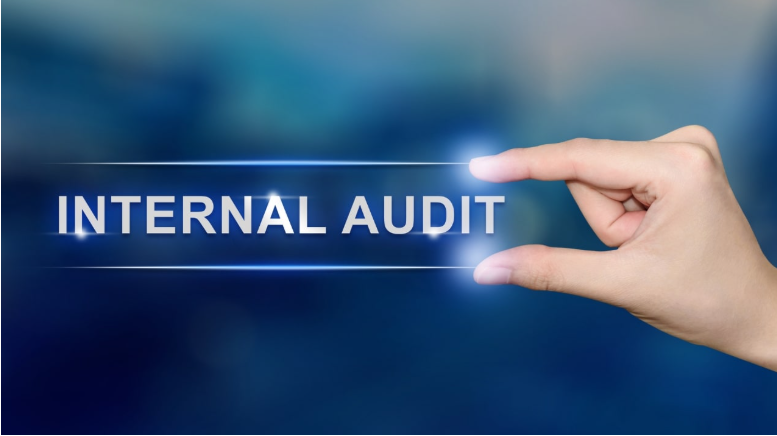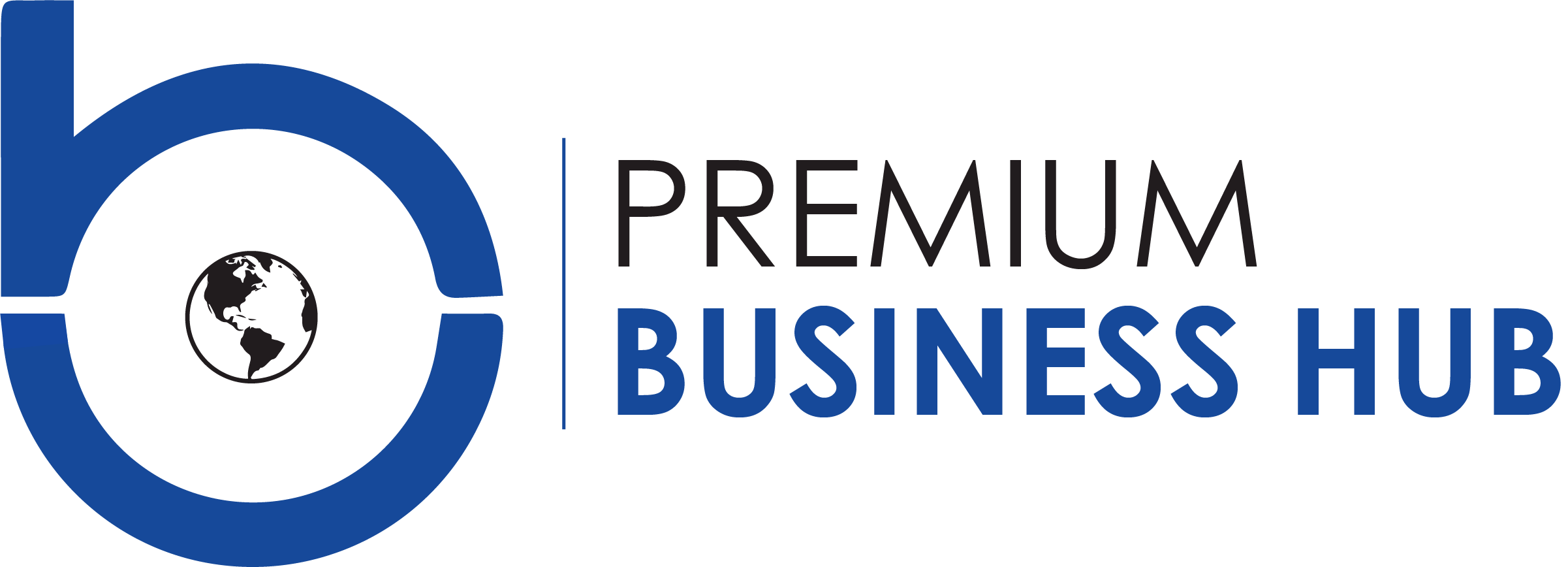Risk Assessment Strategies for Effective Internal Audit Teams

Internal audit consulting companies are the backbone of any organization seeking to improve governance, enhance operational efficiency, and maintain regulatory compliance. Their task is never static; it must evolve continually as businesses face changing risk landscapes, emerging technologies, regulatory shifts, and growing stakeholder expectations.
An internal audit function left without robust risk assessment strategies runs the risk of misallocating resources, overlooking critical issues, or failing to protect value properly. In this article, we explore key risk assessment strategies, used widely by internal audit consulting firms, which internal audit teams can employ to ensure effectiveness and relevance.
Understanding Risk Assessment in Internal Audit
Risk assessment is the process by which internal audit teams identify, evaluate, and prioritize the risks that could interfere with achieving an organization’s objectives. It underpins the internal audit plan, focusing efforts on areas with the highest risk exposure, material impact, or probability of occurrence. Good risk assessment ensures that audit resources are optimally allocated, audit coverage is aligned with strategic priorities, and emerging threats are monitored and addressed.
See also: Exploring the Power and Potential of Heat Pipes Technology
Key Objectives of Effective Risk Assessment
To build an effective risk assessment framework, internal audit teams should aim to:
- Provide assurance on areas of greatest risk — leadership needs to know where potential loss or failure may jeopardize goals.
- Support strategic alignment — internal audit plans should reflect organizational strategy, regulatory requirements, and stakeholder expectations.
- Drive continuous improvement — risk assessment should identify not only what is wrong, but also what could be improved proactively.
- Enhance resilience — detecting and preparing for risks before they materialize helps the organization withstand shocks.
- Ensure compliance — many risks arise from non-adherence to laws, regulations, policies, and standards; internal audit’s role is to spotlight and push for compliance improvements.
Foundational Elements of Risk Identification
The first step in risk assessment is to compile a comprehensive risk inventory. Internal audit teams should gather risks from multiple sources:
- Strategic plans and objectives: Understand what leadership is trying to achieve, then identify what could prevent those outcomes.
- Operational processes: Workflow inefficiencies, process breakdowns, or manual controls that are prone to error.
- Financial reporting: Misstatements, fraud, or lack of reconciliations.
- Compliance and regulatory environment: Laws, regulations, and policies that could bring penalties if breached.
- Technology and cybersecurity: Data breach risk, system downtime, obsolescence, or vulnerabilities.
- External risks: Market shifts, supply chain disruptions, geopolitical risks, natural disasters, or pandemics.
Gathering input via interviews, document review, workshops, and even surveys helps ensure no major risk is missed.
Evaluating and Prioritizing Risks
Once risks are identified, next comes evaluation. Risks should be assessed along two dimensions: likelihood (probability of occurrence) and impact (severity of consequences). To make this work practically:
- Assign scores or categories (e.g., High/Medium/Low) for both impact and likelihood.
- Consider both quantitative measures (financial loss, regulatory fines, downtime) and qualitative ones (reputation damage, employee morale, strategic misalignment).
- Use risk matrices to visualize where risks fall relative to each other.
- Include both current controls and residual risk (risk remaining after controls).
- Reconcile this evaluation with the organization’s risk appetite—what level of risk is acceptable vs intolerable.
Integrating Emerging Risks
Many internal audit teams focus primarily on known risks—those which are historical or predictable. But an effective risk assessment strategy must account for emerging or “horizon” risks:
- Technological disruption: AI, automation, blockchain, IoT—new risks and opportunities.
- Cybersecurity threats: Ransomware, data leaks, phishing, etc.
- Environmental, social, and governance (ESG) factors: Climate risk, human rights, sustainability regulations.
- Regulatory landscape shifts: Data protection laws (e.g. GDPR), anti-money laundering, financial reporting standards.
- Pandemics or global supply chain shocks.
Including these emerging risks means staying up to date via market intelligence, regulatory trackers, professional networks, and scenario planning.
Establishing Risk Tolerance and Appetite
Crucial to prioritizing and evaluating risk is understanding the organization’s risk appetite—how much risk the organization is willing to accept—and its tolerance for specific risk types. Audit teams should partner with senior management and the board to clarify:
- Thresholds for financial losses, legal exposures, operational disruptions.
- Strategic risk vs operational risk distinctions.
- Risk that can be mitigated vs risk that must be accepted.
These definitions guide decision-making when resources are limited. They help avoid chasing audit findings in low-risk areas while letting high-risk exposures go unchecked.
Designing and Executing the Audit Plan Based on Risk
With identified, evaluated, and prioritized risks, internal audit teams can craft a risk-based audit plan. Key features should include:
- A mix of periodic process audits, special investigations, ad-hoc reviews, and follow-ups.
- Scheduling high-risk auditable units more frequently; less risky ones on longer cycles.
- Resource allocation: skill sets, time, tools aligned with risk priority. For example, cybersecurity audits may need specialists; financial audits need accounting experts.
- Use of data analytics and continuous auditing — real-time or near-real-time risk indicators to flag anomalies in operations or transactions.
- Clear criteria for when a risk escalates (trigger points), leading to unscheduled reviews or immediate audit intervention.
Communication & Reporting of Risk Assessments
Audit teams must make sure their risk assessments are not an internal exercise in isolation. For meaningful impact:
- Share risk assessment outputs with senior management and the board—risk heat maps, summaries of highest risks, trend analyses.
- Consult stakeholders (departments, process owners) to validate findings and understand controls in place.
- Establish feedback loops so that new or changed risks are reported into the audit risk assessment process.
- Ensure audit reports are clear, focusing on risk exposure, control gaps, proposed remediation, and timelines.
- Monitor implementation—audits are only useful if findings are addressed.
Tools and Techniques for Risk Assessment
Modern internal audit teams should leverage tools and methodologies to streamline risk assessment:
- Risk assessment frameworks (COSO ERM, ISO 31000) provide structured processes.
- Risk registers or risk catalogs: centralized documentation of risks, assessments, and mitigation plans.
- Data analytics software to mine transaction data, identify anomalies, unusual patterns, or fraud.
- Automated monitoring tools for compliance, system logs, cybersecurity events.
- Scenario analysis, stress testing, and sensitivity analysis to understand potential worst-case risks.
Also, when audit workloads grow, many organizations engage business management consultancy services to provide independent perspective, benchmarking, and strength in tools and methodology.
Challenges in Risk Assessment and How to Overcome Them
Even with a solid framework, challenges persist. Internal audit teams must guard against:
- Overwhelming volume of risks: Too many identified risks leads to loss of focus. Overcome by strict prioritization and risk appetite discussions.
- Insufficient stakeholder buy-in: If management or the board doesn’t value the process, audit may be sidelined. Overcome via clear reporting and alignment with strategy.
- Data limitations: Poor data quality, missing data, outdated systems can hamper risk assessment. Invest in data governance, clean systems, and proper tools.
- Emerging risks lack precedent: New types of risks often have little historical data. Use scenario planning, horizon scanning, expert judgment.
- Audit team skill-gaps: Some risks (cyber, ESG, regulatory) require specialist knowledge. Recruit or train auditors; complement with external experts when necessary.
Evaluating Effectiveness and Continuous Improvement
Risk assessment is not a “set & forget” function. To stay effective, internal audit teams should build in evaluation and improvement mechanisms:
- Metrics such as number of high-risk findings, time to remediate issues, audit coverage of high priority areas.
- Periodic reviews of the audit plan vs actual outcomes; adjust if risk landscape shifts.
- Solicit feedback from auditees and stakeholders on the usefulness of audit insights and reports.
- Benchmark performance against best practices, peer organizations, or standards.
- Stay alert to emerging practices or tools that can improve efficiency and effectiveness (for example AI-based anomaly detection, real-time dashboards).
Role of External Expertise
Sometimes internal capacity or perspective is insufficient, especially in complex, highly regulated, or fast-changing environments. External experts can bring fresh perspective, specialized knowledge, or proven methodologies. In particularly critical audits or when internal trust is low, partnering with external firms or external audit quality reviews can bolster credibility. Whether it’s compliance reviews, cybersecurity audits, or ESG evaluations, external support complements internal efforts.
Implementing a Practical Risk Assessment Process
Putting theory into practice involves several steps:
- Set clear objectives — define what successful risk assessment looks like for your organization.
- Map all business units and processes — document process flow, key controls, stakeholders.
- Identify risk events for each process — what can go wrong, what causes, what consequences.
- Assess likelihood and impact — and decide among high / medium / low or numerical scales.
- Define existing control environment — what controls exist, how effective, whether they mitigate risk.
- Determine residual risk — after factoring controls, what remains.
- Prioritize — decide audit coverage accordingly.
- Document in risk register, agree with stakeholders, get sign-off.
- Plan audits, assign resources, perform reviews.
- Report, monitor remediation, follow up.
Internal Audit Risk Assessment: Best Practices
Here are some best practices to make risk assessment strategies more effective:
- Maintain independence and objectivity—Audit teams must be free from undue influence.
- Use cross-functional input—engage IT, operations, finance, HR to gain full understanding of risks.
- Regular updates—risk landscapes change; risk assessments should be revisited periodically or after significant events.
- Transparency in scoring and weighting—make sure everyone understands how risks are scored and why certain risks are deemed higher priority.
- Use technology wisely—automation, analytics, dashboards can greatly enhance visibility and speed.
- Training and professional development—keep auditors up to date with emerging risk domains, new regulatory requirements, and industry trends.
Effective risk assessment strategies are fundamental to empowering internal audit teams to deliver value. By comprehensively identifying risks, evaluating their likelihood and impact, incorporating emerging threats, and aligning audits with business strategy, internal audit becomes a strategic partner—not merely a compliance function.
Internal audit teams that build in clear definitions of risk appetite, use modern tools, communicate effectively with stakeholders, and measure their effectiveness will stand out. Whether executing in-house or supplemented with external expertise, organizations that prioritize risk assessment are better positioned to manage uncertainty, protect assets, and achieve long-term objectives.
For organizations seeking to enhance their internal audit operations, partnering with professional providers of business management consultancy services can offer access to best practices, external benchmarks, and advanced tools that sharpen risk assessment, strengthen audit quality, and ultimately drive better governance and performance.




